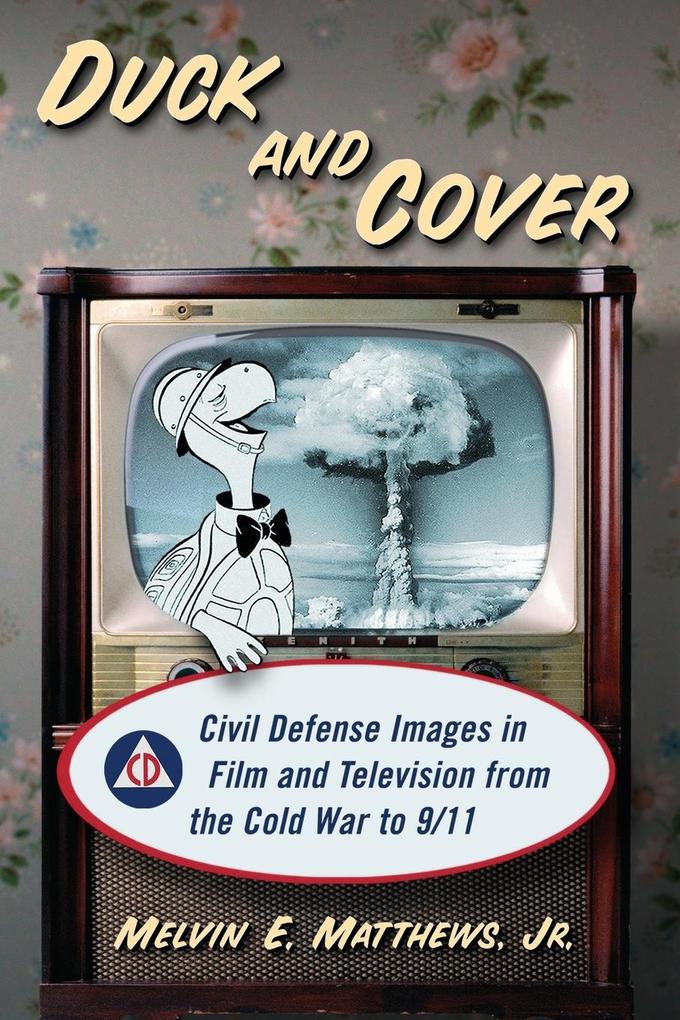
Zustellung: Mi, 02.07. - Sa, 05.07.
Versand in 5 Tagen
VersandkostenfreiBestellen & in Filiale abholen:
During the 1950s and early 1960s, school air-raid drills, bomb shelters, and unnerving civil defense films served as constant reminders of the looming threat of nuclear war. Throughout America, a widespread civil defense effort used town meetings, public school educational programs, and the mass media--television, radio, and especially, motion pictures--to mobilize every citizen for a protracted Cold War. This volume explores how American popular culture has portrayed civil defense from mid-twentieth century to the immediate post-September 11 era. With analysis of everything from early government propaganda films and 1950s science fiction films to Happy Days, the Reagan-era TV movie The Day After, and the small-screen nostalgia trend after 9/11, it shows how popular culture reflects American fears and the hope of preparedness.
Inhaltsverzeichnis
Table of Contents
Preface
1. Government Propaganda Films and Civil Defense
2. Fifties Cinema and Civil Defense
3. Early Television and Civil Defense
4. The Kennedy Years: "Shelter Morality" and Survivalism
5. Nuclear Nostalgia in the Seventies
6. Reagan, the Nuclear Freeze Movement, and The Day After
7. From the Nineties to 9/11
Notes
Bibliography
Index
Preface
1. Government Propaganda Films and Civil Defense
2. Fifties Cinema and Civil Defense
3. Early Television and Civil Defense
4. The Kennedy Years: "Shelter Morality" and Survivalism
5. Nuclear Nostalgia in the Seventies
6. Reagan, the Nuclear Freeze Movement, and The Day After
7. From the Nineties to 9/11
Notes
Bibliography
Index
Produktdetails
Erscheinungsdatum
24. Oktober 2011
Sprache
englisch
Seitenanzahl
232
Autor/Autorin
Melvin E. Matthews
Verlag/Hersteller
Produktart
kartoniert
Gewicht
383 g
Größe (L/B/H)
229/152/14 mm
ISBN
9780786465873
Entdecken Sie mehr
Bewertungen
0 Bewertungen
Es wurden noch keine Bewertungen abgegeben. Schreiben Sie die erste Bewertung zu "Duck and Cover" und helfen Sie damit anderen bei der Kaufentscheidung.










